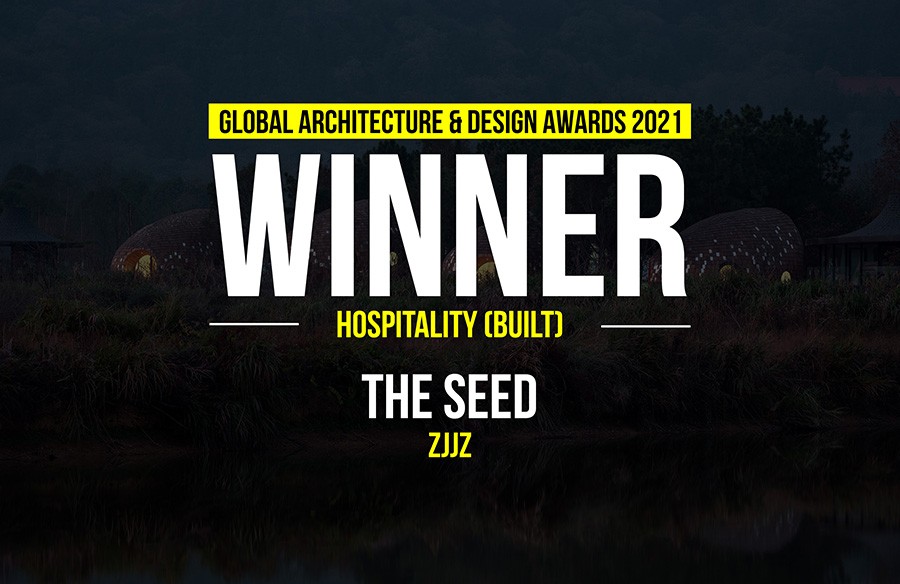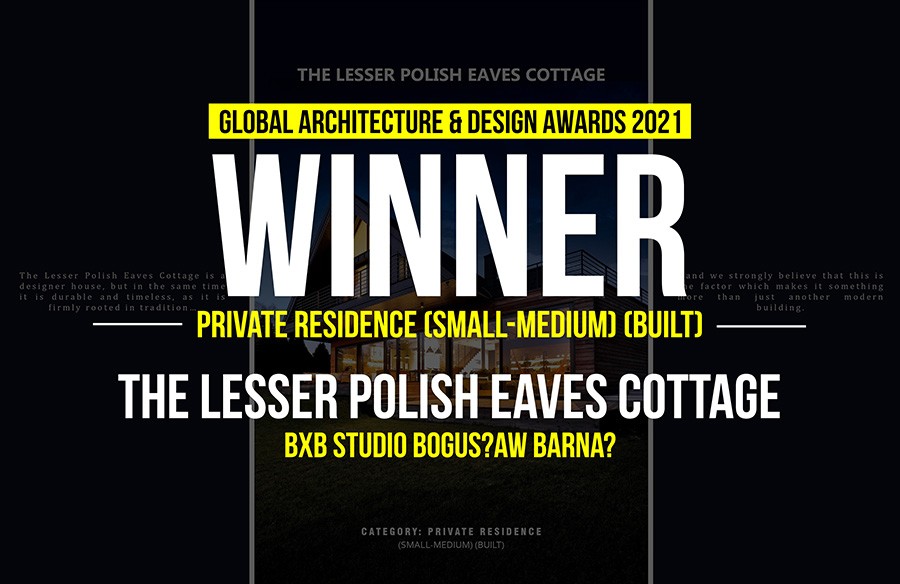(ultra) light network is an interactive light art installation showcased at iLight Marina Bay 2017. It is part of an ongoing research project which investigates the use of 3D printing for functional, full-scale architectural components. The installation demonstrates a system that can address not only structural requirements but also power transmission, and information communication within a seamless and continuous aesthetics.
Architecture, Construction & Design Awards 2018
Second Award | Category: Pop-Ups and Temporary (Built)
Architect: AIRLAB
DESIGN TEAM:
Design Concept: (Carlos Banon and Felix Raspall (AIRLAB)
Project Lead: Carlos Banon, Felix Raspall, Manuel Garrido, Felix Amtsberg and Mohan Elara.
RESEARCH TEAM: Tay Jenn Chong, Yiping Goh, Pan Shiqian, Gowdam Sureshkumar, Thejus Pathmakumar, Joei Wee Shi Xuan, Liu Hong Zhe, Mohit Arora and Naik Hiong Chiang.
SPONSORS: Stratasys, Center for Digital Design and Manufacturing at SUTD, and SUTD.
LED supplier: Bond Optoelectronics
Country: Singapore

The project is a light-emitting, lightweight, 10m x 6m x 3m, three-dimensional tetrahedral mesh, which stands hovering above the public and pulsates with their movement. More than 50,000 individually addressable LED pixels are choreographed by a bespoke algorithm running on five Teensy microcontrollers, which respond to the presence of visitors using three ultrasonic sensors located at the bases of the structure. The result is a dynamic, interactive experience.

All the elements in the mesh are made of polymers. The 715 polycarbonate squared tubes evenly diffuse the light sources, and, to simplify production, they were designed to fit standard lengths. The 152 unique nodes were 3D printed using translucent ABS and Nylon and contain a custom-made LED light bulb. The design of the installation required the development of custom parametric tools to determine the tetrahedral topology of the structure, the geometry of its components and the architecture of the light circuits.

The project challenges a 10m span by using extremely slender and lightweight elements (30:1 to 135:1 aspect ratio). Unlike other systems now in use, its hyper-redundancy enables the structure to absorb stresses and evenly respond to expansion, contraction and loads such as wind or other eventual punctual forces. For the same reason, the structure is highly resilient as damages to members are absorbed by a mesh that does not contain a single but multiple stable condition, with an average of ten members converging into each node.

The installation became a social spot where people gathered and experienced the choreographed interactive light display for a month. After dismantling the structure, the 3D printed nodes and bar components have been repurposed into a large chandelier suspended from the ceiling of the National Design Centre in Singapore.
If you’ve missed participating in this award, don’t worry. RTF’s next series of Awards for Excellence in Architecture & Design – is open for Registration.
Click Here








